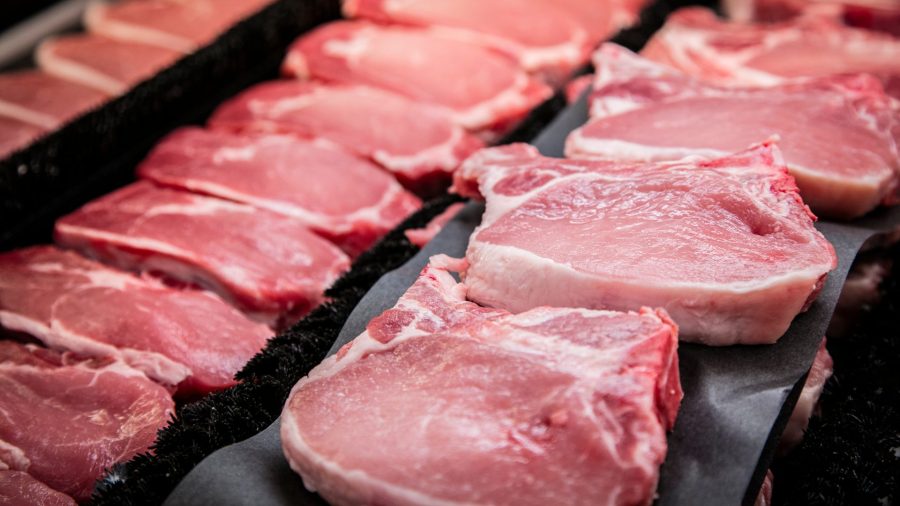The recently released 2022 Power of Meat report indicated pandemic-induced inflation sent meat prices soaring, with sales hitting a record $81.8 billion in 2021, an increase of 0.3% from the previous year. Those record sales occurred despite a significant reduction in poundage from 2020 levels, Supermarket News reported (March 8).
The 2022 Power of Meat report, produced by 210 Analytics, noted consumers bought a record amount of meat in 2020 as the pandemic kept them home and many tried their hand at cooking. That growth could not be sustained as things began reopening.
Fresh beef accounted for $30.1 billion in sales, up 0.5% from 2020, while chicken sales were flat at $13.4 billion. Pork was off 1.4% at 47.1 billion and turkey dropped 3.3% to $2.7 billion.
By weight, fresh meat sales fell 6% while processed meat was off 4.8%.
EVOLVING CONSUMER HABITS
The 2022 Power of Meat report found 74% of consumers describe themselves as meat-eaters, up from 71%, while 16% say they are flexitarians and 6% are vegan or vegetarian. Consumers also say they are price-conscious, looking for sales and comparing promotions.
“Despite 77% of consumers having access to a full-service counter, a shopper-estimated record 75% of purchases are made at the self-serve meat case. Current access aside, 59% of shoppers value the idea of a service counter for special cuts, advice or special occasions,” the report said.
The cost of putting food on the table, overall, is the highest it’s been in 40 years, and the biggest food price hikes are in meats, with pork and beef up 14% to 20% compared to a year ago, reported CBS News (March 9). As a result, some industry insiders are wondering how much inflation the average American consumer can handle before they start to push back, by either reducing meat consumption or by seeking alternatives. Multiple reports show inflation is a concern for 9 out of 10 Americans this winter.
ALTERNATIVE OPTIONS
Meanwhile, 40% of consumers said they still are skeptical of cultured meat products, saying they were unwilling to try them. They were open, however, to plant-based alternatives.
Lab-grown meat – such as beef, chicken, pork, duck, or lamb – still is a long way from grocery store refrigerator and freezer cases. Forbes reported (March 8) more than 70 companies are now trying to grow meat, and the price of a lab-grown burger has been whittled down to $9.80 currently.
Though production costs are falling for cultured meat, companies and researchers are finding it difficult to ramp up capacity. Once the production issues are resolved and prices fall further, the next step will be convincing consumers on a wide scale.
“I suspect that the market will fall into three broad categories,” Icicle CEO Steve Burton told The Food Institute, “countries where meat is a major part of their culture … the developing world where price is paramount … [and] developed markets.”
He said countries with strong meat cultures likely will be resistant because “let’s face the reality, lab-grown products aren’t going to look like T-bone steaks, and I think that even attempting such a goal would be needlessly wasteful. It is more pragmatic to make something tasty and cost effective, even if it is different.”
The developing world likely will be more accepting, he said, because consumers have a tolerance for a variety of textures. In developed markets, the argument that turning to lab-grown meats present a greener alternative to traditional livestock could win out, Burton said.
“The positives of cell-cultured meat are clear from a sustainability perspective, with some reports claiming that cell-based beef creates 95% [fewer] greenhouse gas emissions and uses 98% less land,” he said.












